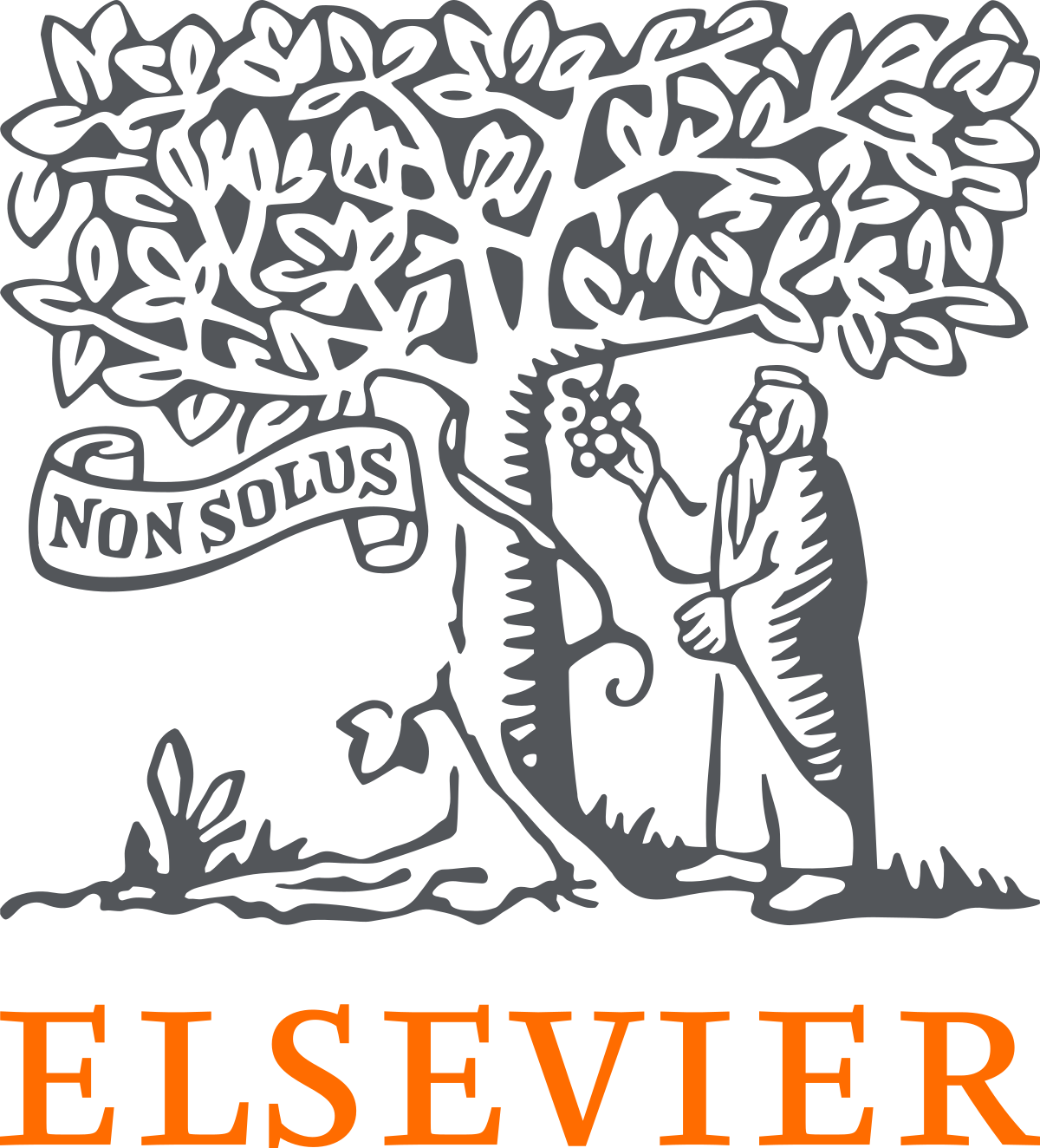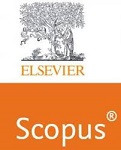Advancements in Organic Solar Cells: A Comprehensive Review of Materials and Efficiency Improvements
Keywords:
Organic solar cells, Conjugated polymers, MorphologicalAbstract
“Organic solar cells” (OSCs) have gained significant attention due to their potential for low-cost, lightweight, and flexible photovoltaic applications. This paper provides a comprehensive review of advancements in OSC materials and device architecture, with a focus on efficiency improvements and structural innovations. Conjugated polymers, small organic molecules, and hybrid organic-inorganic compounds are explored for their contributions to power conversion efficiency (PCE). Recent studies report that conjugated polymers such as PBDB-T paired with non-fullerene acceptors (NFAs) have achieved PCEs up to 18.6%. Similarly, small organic molecules like BTP-4F combined with NFAs have reached PCEs of 17.3%. Morphological control through techniques such as co-solvent processing and sequential deposition has further enhanced PCE, achieving values of up to 17.0%. Additionally, innovations in device architecture, including tandem cells, have pushed efficiencies beyond 20%, with tandem OSCs utilizing PBDB-T and PM6 achieving a PCE of 20.1%. This paper also discusses the role of interfacial layers, with materials like ZnO and PEDOT contributing to higher charge transport and reduced recombination losses. As OSC technology continues to evolve, these innovations highlight its growing potential in the renewable energy landscape.
Downloads
References
Rafique, Saqib, et al. "Fundamentals of bulk heterojunction organic solar cells: An overview of stability/degradation issues and strategies for improvement." Renewable and Sustainable Energy Reviews 84 (2018): 43-53.
Tong, Yang, et al. "Progress of the key materials for organic solar cells." Science China Chemistry 63 (2020): 758-765.
Fukuda, Kenjiro, Kilho Yu, and Takao Someya. "The future of flexible organic solar cells." Advanced Energy Materials 10.25 (2020): 2000765.
Gao, Jinhua, et al. "A critical review on efficient thick‐film organic solar cells." Solar RRL 4.11 (2020): 2000364.
Yan, Cenqi, et al. "Non-fullerene acceptors for organic solar cells." Nature Reviews Materials 3.3 (2018): 1-19.
Zhao, Fuwen, Chunru Wang, and Xiaowei Zhan. "Morphology control in organic solar cells." Advanced Energy Materials 8.28 (2018): 1703147.
Duan, Leiping, and Ashraf Uddin. "Progress in stability of organic solar cells." Advanced Science 7.11 (2020): 1903259.
Hu, Zhenghao, et al. "A critical review on semitransparent organic solar cells." Nano Energy 78 (2020): 105376.
Zhu, Lei, et al. "Progress and prospects of the morphology of non-fullerene acceptor based high-efficiency organic solar cells." Energy & Environmental Science 14.8 (2021): 4341-4357.
Xue, Rongming, et al. "Organic solar cell materials toward commercialization." Small 14.41 (2018): 1801793.
Xu, Ye, et al. "Efficient charge generation at low energy losses in organic solar cells: a key issues review." Reports on Progress in Physics 83.8 (2020): 082601.
Gasparini, Nicola, et al. "The role of the third component in ternary organic solar cells." Nature Reviews Materials 4.4 (2019): 229-242.
Bi, Pengqing, and Xiaotao Hao. "Versatile ternary approach for novel organic solar cells: a review." Solar RRL 3.1 (2019): 1800263.
Wang, Guodong, et al. "Large‐area organic solar cells: material requirements, modular designs, and printing methods." Advanced Materials 31.45 (2019): 1805089.
Armin, Ardalan, et al. "A history and perspective of non‐fullerene electron acceptors for organic solar cells." Advanced Energy Materials 11.15 (2021): 2003570.
Downloads
Published
How to Cite
Issue
Section
License
Copyright (c) 2024 Girija Mangalagatti

This work is licensed under a Creative Commons Attribution-ShareAlike 4.0 International License.
All papers should be submitted electronically. All submitted manuscripts must be original work that is not under submission at another journal or under consideration for publication in another form, such as a monograph or chapter of a book. Authors of submitted papers are obligated not to submit their paper for publication elsewhere until an editorial decision is rendered on their submission. Further, authors of accepted papers are prohibited from publishing the results in other publications that appear before the paper is published in the Journal unless they receive approval for doing so from the Editor-In-Chief.
IJISAE open access articles are licensed under a Creative Commons Attribution-ShareAlike 4.0 International License. This license lets the audience to give appropriate credit, provide a link to the license, and indicate if changes were made and if they remix, transform, or build upon the material, they must distribute contributions under the same license as the original.





